Fish farming is a growing industry in Australia. It has the potential to provide a wide range of benefits, both environmentally and economically. Fish farming is a booming industry in Australia and is responsible for much of the country’s food production. In addition, Australia is a major producer and exporter of seafood. Over the past few years, fish farming has become an increasingly popular industry in Australia.
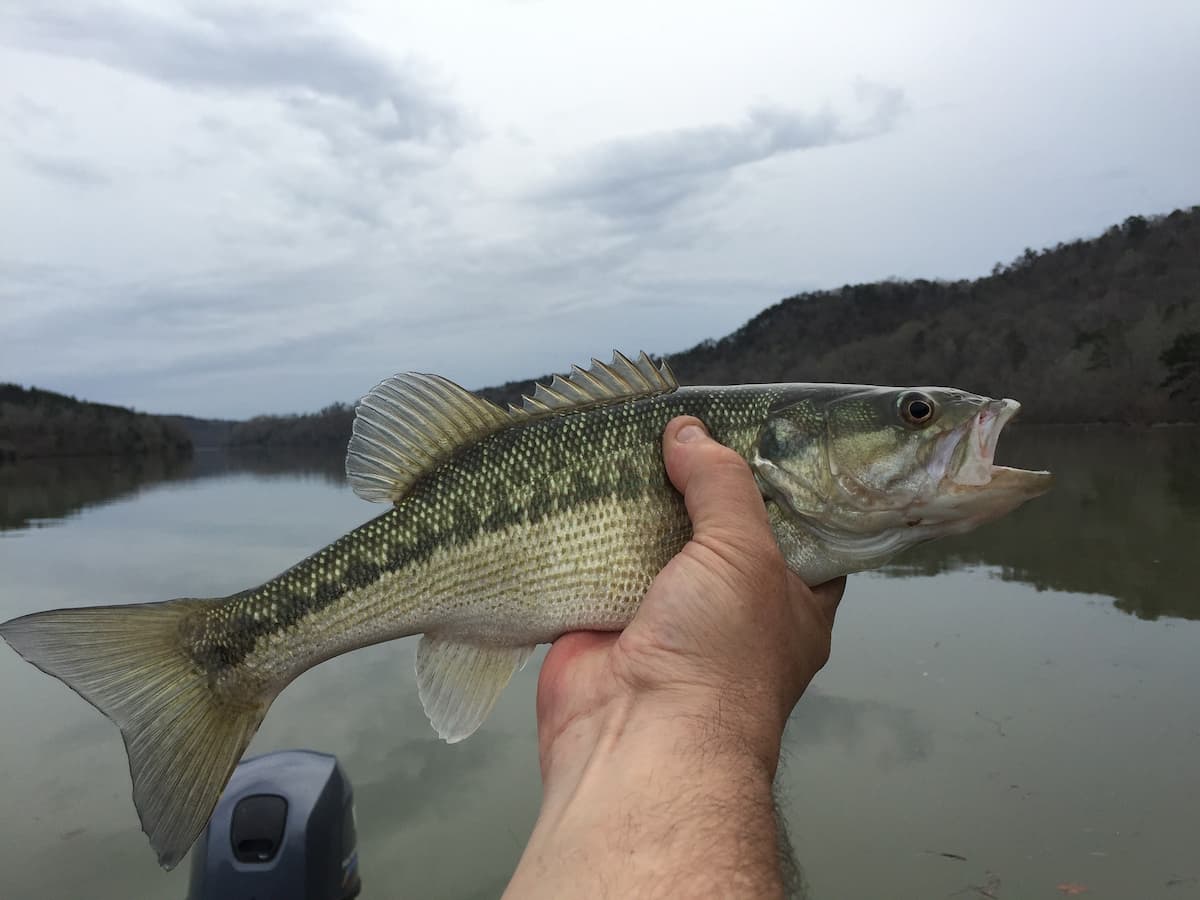
How to start fish farming in Australia
What is fish farming?
Fish farming is an agricultural production process used to raise fish in captivity. Fish farming relies on feed and water delivered to the farms in a controlled environment. The goal of fish farming is to produce high-quality, marketable seafood.
Fish farming systems in Australia
- Open-water systems are typically found near coastal areas and use shallow ponds or channels as their housing. Open-water farming is the most common type of fish farming in Australia, and it involves raising fish in a body of water that is open to the environment.
- Closed-water systems are located inland and use larger tanks or reservoirs.
- Intensive culture fish farms are becoming increasingly popular in Australia because they produce higher quality seafood than either open-water or closed confinement systems. Intensive culture systems raise fish in tightly packed tanks using feed that contains antibiotics and other additives to promote growth. Fish raised in this way are usually free from disease and parasites, making them desirable ingredients for many dishes.
Biofloc fish farming in Australia
Biofloc fish farming is a new and rapidly growing industry in Australia. It has the potential to provide significant environmental benefits, including reducing reliance on fishmeal imports, improving water quality, and mitigating climate change. Biofloc systems use high concentrations of small floating plants (biofloc) to clean fish ponds and produce food for aquatic animals. The plant material consumes suspended solids and other pollutants, helping to improve water quality.
In addition, biofloc systems can help to establish and maintain aquatic ecosystems by providing food and shelter for fish, invertebrates, amphibians, and other species. Since then, the industry has experienced rapid growth, with more than 50 farms currently operational across Queensland, New South Wales, Victoria, and Western Australia. Most of these farms are operated by small-scale producers committed to sustainable practices.
In case you missed it: How to Start Fish Farming in Switzerland: Key Rules, Business Plan, Cost, Profit, and Management
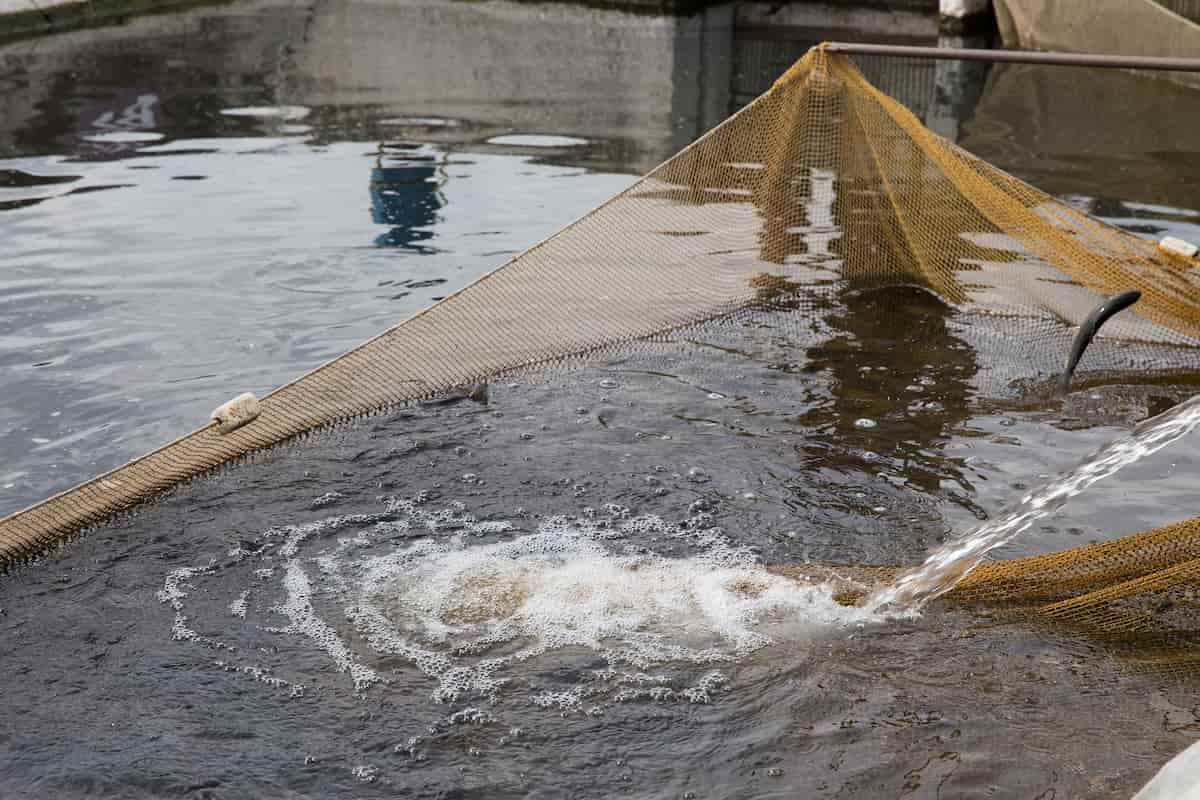
Start a fish farming business plan in Australia
- Firstly, the climate is milder than in many other parts of the world; fish farms can be set up relatively easily.
- Australian government regulations are generally quite lenient regarding fish farming, making it an ideal industry for new entrants.
- You will need to get permits from the relevant authorities. The most important factor when starting a fish farm is ensuring enough water for the fish.
- You will also need to obtain licenses from the relevant fisheries department, which will determine how many animals you can keep and where they can be housed.
- It is also important to have adequate infrastructure in places, such as waste management facilities and an irrigation system.
Methods used to feed fish in Australia
- Feeding fish in aquaculture is one of the most important aspects of raising fish. Different methods are used to feed fish, depending on the feed type and the fish being raised. In general, feed is either ground-up food or pellets.
- Ground food can be made from various sources, including plant material, meat or bone meal, and grain. Pellets are made from specially formulated feeds that have been dried and compressed into small pieces. Pellets are usually more efficient in providing nutrients to the fish than ground food because they consistently deliver nutrients over time.
- Many different types of feed are available for use in aquaculture. Some common feeds include flakes, pellets, flake-and-pellet blends, granules, tablets, and wafers. Choosing the right feed type for your particular fish species and culture conditions.
Are fish farming profitable?
Fish farming is a growing industry in Australia and is expected to grow even further in the next few years. Fish farming also has the potential to produce high-quality protein for humans, which makes it a very lucrative business. However, to farm fish successfully, you first have to choose the right fish species.
How does fish farming work in Australia?
Fish farming in Australia is a growing industry that has seen a lot of success in recent years. The main way fish are raised in Australian farms is through recirculation aquaculture systems. This means that the water used to keep the fish alive is also used to feed them. This helps to reduce the need for feed imports, which can be expensive.
Another important factor contributing to the success of Australian fish farming is the country’s warm climate allows for year-round operation. In addition, Australia has abundant natural resources, making it an ideal place to farm fish.
In case you missed it: How to Start Fish Farming in South Africa: Key Rules, Business Plan, Cost, Profit, and Management
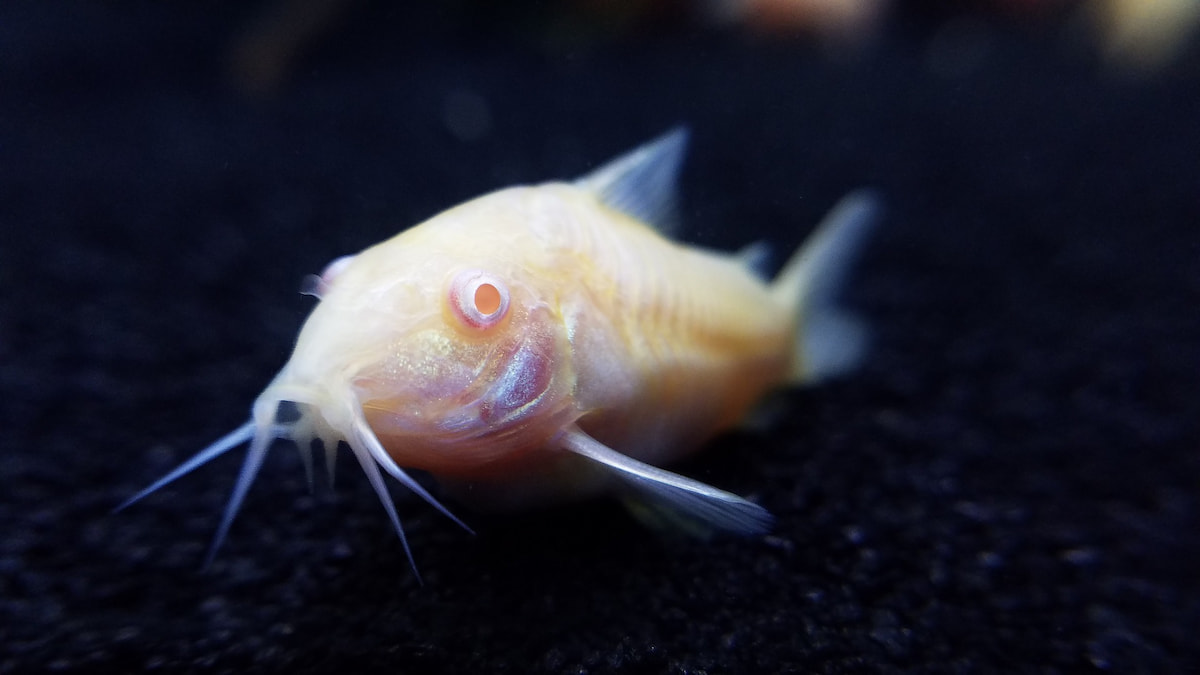
Small-scale fish farming in Australia
Fish farming in Australia is a growing industry, and many small-scale farms produce quality seafood products. The main fish farms in Australia are salmon, tuna, catfish, tilapia, and prawns. Fish farming can be profitable if done correctly and with the right equipment and facilities. There are several reasons why fish farming is becoming more popular in Australia:
- Firstly, there is an increasing demand for sustainable seafood products worldwide. Consumers want to know that the seafood they buy does not contribute to pollution or harm the environment.
- Secondly, Australian producers have developed innovative aquaculture techniques that have led to high yields and improved production efficiency. These include closed-cycle recirculating systems (CCRS), which recycle used water from the farm back into the tanks where fish feed is added, and water recycling systems that use rainwater or wastewater as irrigation sources for crops or plants inside the farm tanks.
- Thirdly, Australian farmers have access to favorable conditions for fish farming, including warm seas, fertile environments, and abundant feedstock supplies. This makes it possible to raise a wide range of fish species in large ponds or open ocean installations.
Backyard fish farming Australia
- Australian backyard fish farming is a growing industry that is gaining popularity. Many reasons include the easy availability of feed, the low cost of operations, and the level of expertise available in the country.
- The first step in setting up a backyard fish farm is to select an area that will fit the farm’s requirements. You will need to consider both the quantity and quality of water available and your available sunlight and space.
- Once you have determined your ideal location, you will need to start constructing your farm. The main components of a backyard fish farm are tanks or ponds containing fish food and oxygen supplies, filtration systems to remove waste and parasites, and an automatic feeding system.
- Once your equipment and supplies are ready, it’s time to begin training your fish. This process can be done in several ways, but the most common approach is gradually introducing new species of fish into your farm while monitoring their behavior.
Freshwater fish farming in Australia
Australian freshwater fish farming is based on two main production systems: open-water and recirculating aquaculture. Open-water systems involve cages filled with young cool-water fish species such as catfish, carp, bream, and tilapia-fed commercial feed pellets or live microparticles obtained from farms outside the system.
Recirculating aquaculture systems involve ponds containing mature adult fish species fed by feeding them seaweed or organic matter obtained from farms outside the system. Most (86%) of all Australian freshwater fish farms operate in open-water systems. These farms produce mainly carp (63%), bream (10%), and catfish (9%). The most common feed ingredient in these systems is plant protein obtained from soybean or ground animal feeds. These farms occupy an area of 2 square kilometers on average.
Key rules to start fish farming in Australia
- Choose the right type of water: Fish farmers need clean water with adequate oxygen levels and low levels of nutrients to grow healthy fish. The best water for fish farming is usually deep and warm.
- Get permits: Before you start any agricultural activity in Australia, you will need to obtain permits from your local government. You will also need to comply with all applicable laws and regulations.
- Construct proper facilities: Your farm must have properly constructed facilities to protect the fish from disease and predators. These include pens for the fish, an effluent treatment plant, and a monitoring system to track the health and growth rates of the fish.
In case you missed it: How to Start Fish Farming in the Netherlands: Business Plan, RAS, Breeds, Set up Cost, Profit, and Management
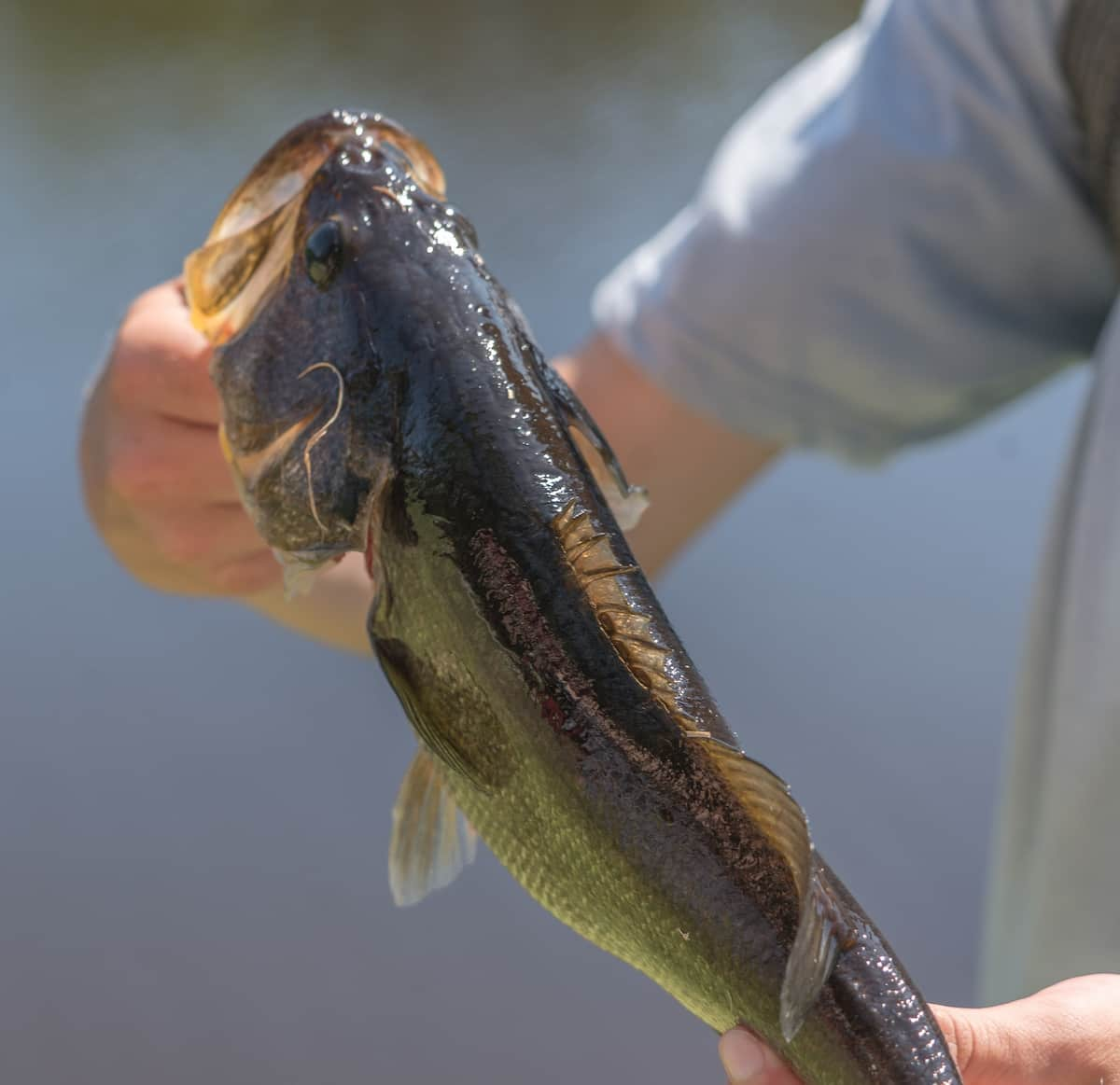
Water quality for fish farming in Australia
The water quality used for fish farming is crucial to the operation’s success. The use of surface water for fish farming has come under scrutiny in recent years as concerns have been raised about its suitability as a source of drinking water. Surface water is often subject to heavy pollution from industrial and urban sources. Pollution can include chemical compounds, fecal coliform bacteria, and heterotrophic bacteria. It is important to ensure that the water used for fish farming meets all the requirements specified by the Australian Water Quality Guidelines (AWQG).
The AWQG was developed in response to concerns about the quality of Australia’s drinking water supply. The guidelines are based on internationally accepted standards and provide minimum requirements for many pollutants. Some methods to improve the quality of freshwater used for fish farming include screening and treatment of surface water before it is discharged into waterways, installing filters on drainage systems, and using wetlands or ponds as an alternate source of freshwater.
Caring and management tips for fish farming in Australia
Keep water quality high – Water quality is one of the key aspects that must be managed to keep fish healthy and productive. Good water quality means low dissolved oxygen, nutrients and organic matter levels. Adequate levels of dissolved oxygen promote healthy growth and metabolism, while low levels can cause stress and death in fish. Good water conditions require regular monitoring and correct management practices, such as adding aerators or filtering systems to tanks when necessary.
Ensure good feeding habits – Feeding is an important part of fish farming nutrition, and feed must be formulated to meet the specific needs of each species being raised. Fish farmers need to carefully select suitable feeds for their fish species, taking into account things like feed conversion rates, nutrient levels, protein content, and digestibility. Incorrect feeding can lead to over- or under-nutrition, which can have serious consequences for the fish’s health and their production performance.
Keep fish farm clean – The environment inside a fish farm is constantly changing due to the activities taking place inside the farm: feed being added, waste produced, water circulated, etc. This makes it difficult for workers to maintain cleanliness without disrupting production schedules.
Harvesting tips for fish
- If you are harvesting fish from a hatchery or nursery, clean the tanks thoroughly before leaving. This will help reduce the number of bacteria that can accumulate and create odors.
- When harvesting fish from streams or rivers, use a net, basket, or another device to capture them by their gills or fins. Do not try to grab hold of the fish with your hands.
- Avoid touching the eyes, mouth, and other sensitive areas.
- Store harvested fish in cool, dark containers immediately after they are caught.
How many fish farms are there in Australia?
There are currently around 60 fish farms in Australia, with the number increasing each year. Fish farming is controversial, with some arguing that the industry is detrimental to the environment and causes significant challenges for marine life. However, others argue that fish farming can play an important role in offsetting the decline in wild populations and helping ensure food security.
In case you missed it: Fish Farming in New Zealand: How to Start, Breeds, Check How this Guide Helps Beginners
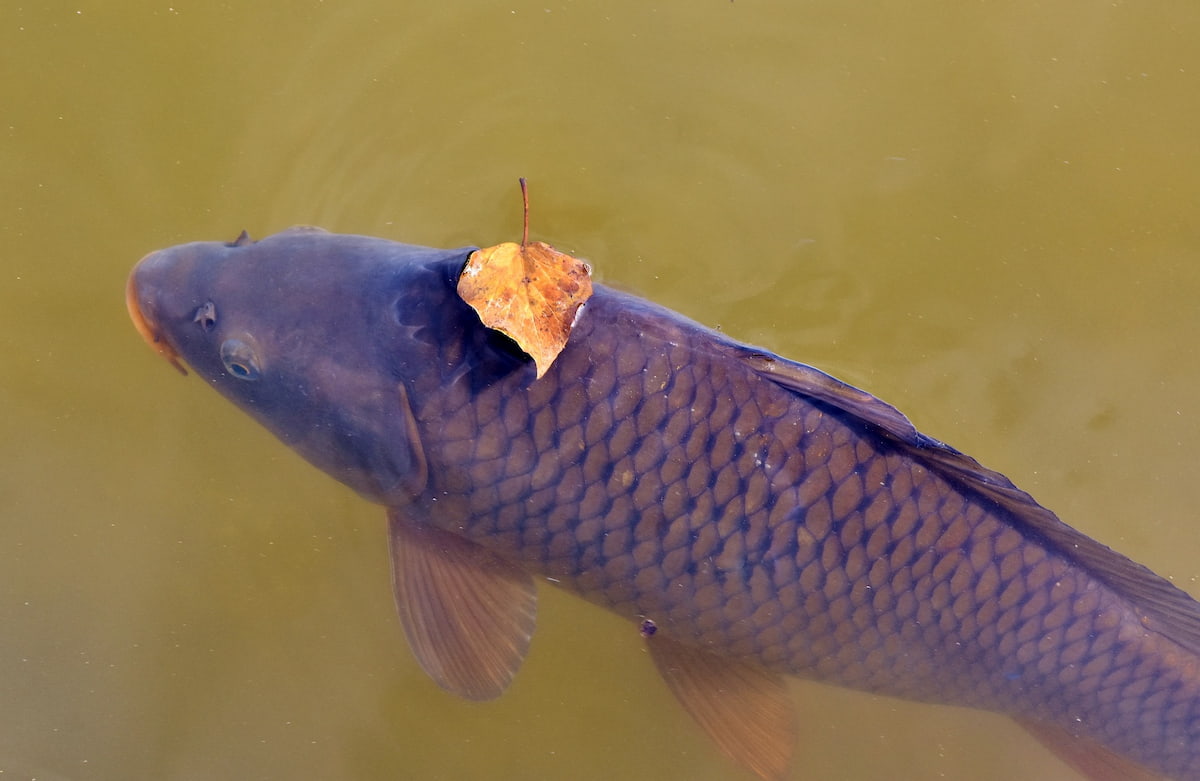
What supplies do I need to start a fish farm in Australia?
- First and foremost, you’ll need an area of land large enough to accommodate your fish farm. You’ll also need to have access to fresh water and adequate sunlight.
- Once you’ve gathered all the necessary supplies, it’s time to start planning your farm layout. A good way to start is by drawing up a plan map of your property, listing each section, and labeling each area accordingly. This will help you track where everything is on your farm and ensure everything is working properly.
- One final thing you’ll need before starting your fish farm in Australia is some fish! You can purchase them online or from local dealers, but make sure you get quality specimens that are healthy and free of parasites. Once your fish population is established, it’s time to feed them.
Fish farming problems in Australia
Fish farming in Australia is a growing industry but it has some major problems. The biggest problem is that the fish farms are concentrated in coastal areas and are draining the water resources of these regions. Coastal areas are also home to many endangered species, so the fish farms potentially damage these ecosystems. Another big problem with fish farming is the pollution caused by the farms themselves. Fish waste creates huge amounts of ammonia, which is poisonous to both humans and animals.
The ammonia also causes algae to grow, which blocks sunlight from reaching plants below and kills them off. Fish farming also requires a lot of water, which means it’s taking away water from other sources that could be used for agriculture or industrial purposes. This has led to conflicts between fish farmers and other residents of coastal communities. Overall, fish farming in Australia is a contentious issue due to the many environmental and social concerns that it raises. These issues must be considered when planning new fish farms so that they can be most beneficial for both the environment.
Fish farming loans and subsidies in Australia
Fish farming loans and subsidies in Australia provide helpful financial assistance to new and existing fish farmers. Fish farming loans typically have a term of 10-20 years, with a low-interest rate. The loans are available from government-owned banks, as well as private lenders. Loans are also available in combination with other government schemes, such as bonus payments for early repayment of loans.
The subsidy program for fish farming provides financial assistance to farmers to cover the costs of feed, tanks, fencing, and other inputs required for fish production. The subsidy is paid directly to the farmer, who can then use the money to cover costs associated with fish farming. In addition to subsidies, there are also tax breaks available for fish farmers. These tax breaks help lower the cost of producing seafood in Australia.
Fish farming is a growing industry in Australia, and government officials are working hard to make it even more successful. Loans and subsidies provide helpful financial assistance to new and existing fish farmers who want to invest in this growing industry.
In case you missed it: Fish Farming Loan in India – How to Get/Apply, Banks, Interest Rate, Documents, and NABARD
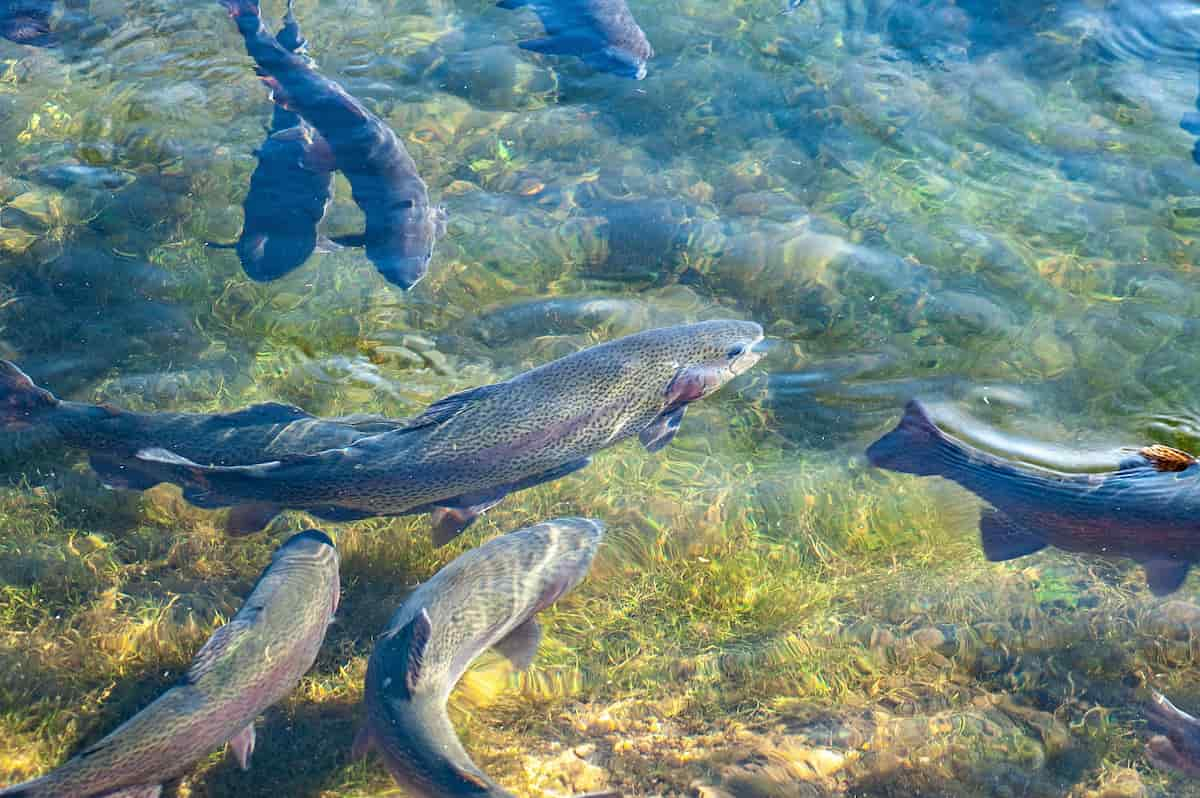
Fish farming challenges in Australia
Fish farming in Australia is a multi-billion-dollar industry and has become increasingly popular in recent years. However, the industry faces several challenges, including environmental concerns about water use and pollution and constraints on available land. One of the main environmental concerns about fish farming is its water use. Fish farms need large amounts of water to keep their fish in captivity and feed them.
This means that fish farming can have a significant impact on water resources. In some cases, fish farms have been blamed for causing water shortages. Another challenge for fish farming is pollution. Farm produce can contain high levels of nutrients and other pollutants, polluting waterways downstream from the farms.
It’s also possible for farm produce to contain parasites or diseases that can harm aquatic organisms downstream from the farms. One solution to these problems is to build more efficient fish farms. This involves designing the farms to use less water and produce less pollution. It also involves developing new ways to feed the fish, such as using artificial diets rather than freshwater.
Fish farming set-up cost in Australia
The set-up cost for a fish farm in Australia can vary depending on the size and type of farm, but on average, it will cost around $15 million. Fish farming can be an excellent way to produce high-quality seafood, but it is important to research before deciding. There are many factors to consider, including the environment, animal welfare, and competition from other industries.
Conclusion
Fish farming in Australia is a growing industry with great potential to provide food and revenue for aquaculture producers. Australia is one of the world’s leading seafood exporters, so there is already a market for your products. Management of fish farms can be complex, but several tips can help improve fish welfare and reduce production risks.
- Types of Pesticides Used in Agriculture: A Beginner’s Guide
- Economical Aquaculture: A Guide to Low-Budget Fish Farming
- 15 Common Planting Errors That Can Doom Your Fruit Trees
- How to Make Houseplants Bushy: Effective Tips and Ideas
- Innovative Strategies for Boosting Coconut Pollination and Yield
- Pollination Strategies for Maximum Pumpkin Yield
- The Complete Guide to Chicken Fattening: Strategies for Maximum Growth
- Natural Solutions for Tulip Problems: 100% Effective Remedies for Leaf and Bulb-Related Issues
- Revolutionizing Citrus Preservation: Towards a Healthier, Greener Future
- Natural Solutions for Peony Leaf and Flower Problems: 100% Effective Remedies
- Maximizing Profits with Avocado Contract Farming in India: A Comprehensive Guide
- Natural Solutions for Hydrangea Problems: 100% Effective Remedies for Leaf and Flowers
- The Ultimate Guide to Choosing the Perfect Foliage Friend: Bringing Life Indoors
- From Sunlight to Sustainability: 15 Ways to Use Solar Technology in Agriculture
- The Ultimate Guide to Dong Tao Chicken: Exploring from History to Raising
- The Eco-Friendly Makeover: How to Convert Your Unused Swimming Pool into a Fish Pond
- Mastering the Art of Delaware Chicken Farming: Essentials for Healthy Backyard Flocks
- 20 Best Homemade Fertilizers for Money Plant: DIY Recipes and Application Methods
- How to Craft a Comprehensive Free-Range Chicken Farming Business Plan
- Brighten Your Flock: Raising Easter Egger Chickens for Beauty and Bounty
- How to Optimize Your Poultry Egg Farm Business Plan with These Strategies
- Subsidy for Spirulina Cultivation: How Indian Government Schemes Encouraging Spirulina Farmers
- Ultimate Guide to Raising Dominique Chickens: Breeding, Feeding, Egg-Production, and Care
- Mastering the Art of Raising Jersey Giant Chickens: Care, Feeding, and More
- Ultimate Guide to Raising Legbar Chickens: Breeding, Farming Practices, Diet, Egg-Production
- How to Raise Welsummer Chickens: A Comprehensive Guide for Beginners
- How to Protect Indoor Plants in Winter: A Comprehensive Guide
- Ultimate Guide to Grow Bag Gardening: Tips, Tricks, and Planting Ideas for Urban Gardeners
- Guide to Lotus Cultivation: How to Propagate, Plant, Grow, Care, Cost, and Profit
- Agriculture Drone Subsidy Scheme: Government Kisan Subsidy, License, and How to Apply Online
- Ultimate Guide to Raising Araucana Chickens: Breed Profile, Farming Economics, Diet, and Care
- Bringing Hydroponics to Classroom: Importance, Benefits of Learning for School Students
- Ultimate Guide to Raising Polish Chickens: Breed Profile, Farming Economics, Diet, and Care
- Ultimate Guide to Raising Australorp Chickens: Profile, Farming Economics, Egg Production, Diet, and Care
- Silkie Chicken Farming: Raising Practices, Varieties, Egg Production, Diet, and Care
- Sussex Chicken Farming: Raising Practices, Varieties, Egg Production, Diet and Care